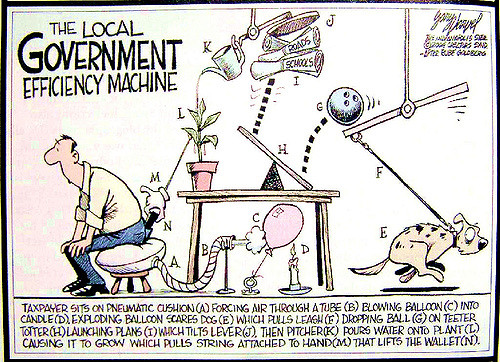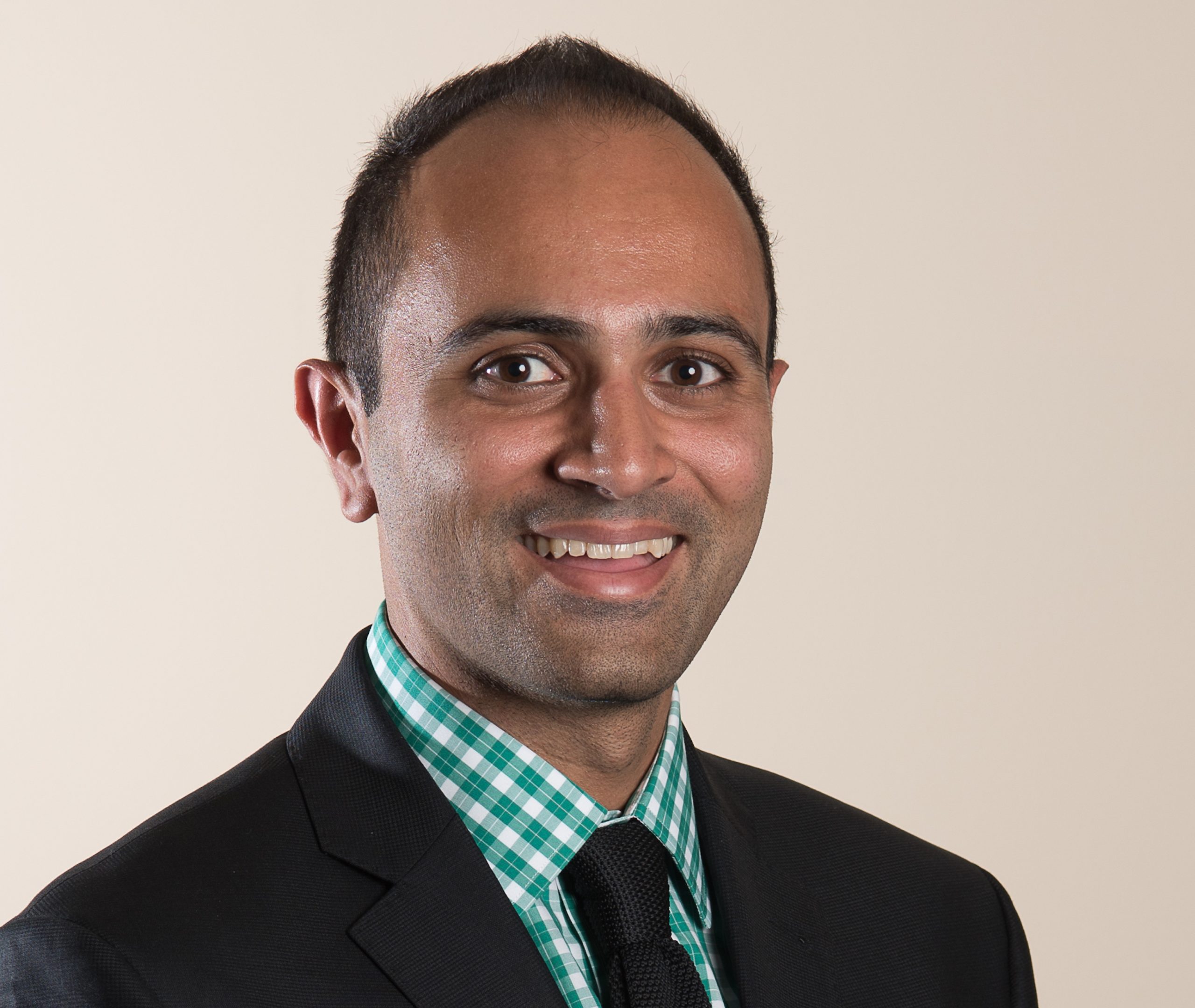One of the questions I am asked most frequently by learners is how they may improve and optimize their flow of patients in the Emergency Department (ED). I found through my education that this was not something implicitly taught, but absorbed by watching more senior staff work in the ED. Many things have been previously described and studied, such as the use of scribes, the physical layout and flow through an ED, triaging systems, zones, etc. However, I didn’t find much of this particularly useful for my own personal flow, most of the literature seeks to target flow through the ED rather than an individual’s productivity. Here we seek to explore some other options – and would love to hear your own takes below!
Avoid ‘reassessment land’
When attempting to improve one’s flow, learners often find they are hugely successful in the first two hours, but then slow down over the middle portion of their shift because they’re constantly reassessing patients they saw earlier. Perhaps the biggest tip for improving patient flow is to avoid getting stuck in this ‘reassessment land’. In order to do this successfully requires the ability to maintain a high cognitive load (but more on this in a second).
To avoid reassessment land, a potential strategy is to continue to pick up charts of new patients while doing reassessments. For example, when I have two reassessments pending, I will pick up ONE of those reassessments, as well as a new chart. You will need to acknowledge and recognize that this often means there will be a patient ready for disposition who will wait a bit longer (note: when I need to free up beds, it is best not employ this strategy). There is some evidence to support this from a patient perspective, as patients would rather be seen by the MD sooner and have to wait for their tests, than the other way around (i.e.: wait longer to be seen)1.
As a result of this strategy, however, one needs to have the capability to maintain a high cognitive load. A high cognitive load is certainly one of the biggest challenges in Emergency Medicine, and it requires practice to begin maintaining and successfully balancing this cognitive load. The analogy is akin to lifting weights at the gym – you can’t suddenly start lifting the heaviest weights, you need to work your way up to it. Same goes for a cognitive load, begin to increase the number of patients you’re taking care of slowly until you are comfortable handling more.
In order to enhance your ability to maintain a large patient roster requires you to know what you’re doing with your patients. I often see learners order multiple investigations – and then be unsure what to do when they all come back normal. When assessing a patient, create a mental road map of that patient’s visit in the ED. This includes your differential diagnosis, any tests you’re going to order and what you’re going to do with any expected or unexpected results. In doing this mental exercise with every patient you see, it lessens the cognitive burden that patient has, and makes it easier for you to continue seeing large volumes of patients.
Grabbing multiple charts
In busy parts of the ED, it may be advantageous to grab multiple charts at once. There are a multitude of reasons to do this – firstly, having multiple charts in your hand, makes you feel that you need to go faster, creating a sense of urgency.
Secondly, it allows you to be more efficient; arrange the charts in a way that makes sense from a productivity standpoint, i.e.: if a patient needs an CXR, see them first, send them for their X-ray, and then by the time it is done you may have seen two other patients and are ready to reassess their imaging.
Lastly, we know that Emergency Physicians are frequently interrupted with non-critical information2, when physicians are engaged in patient care (in patients’ rooms), they are less likely to be interrupted with these non-critical questions or engagements, and allow them to be more productive and remain focused on the patient.
Increase your ‘actions per minute’
Actions per minute is a term that comes from video games originally, and refers to the number of actions a player undertakes in a minute to outperform their competition. I like to use this phrase to describe a physician’s productivity in the ED. Oftentimes, our flow may hinge on our efficiency and actions we undertake on shift. I use this phrase to describe to learners that there are always more things they can do an in hour to reach their peak efficiency and flow. From a medical education standpoint, on a busy shift I will ask my senior residents what they plan on doing in the next two hours of a shift (i.e.: which patients they are going to see and reassess). I will then add on to what they think they can accomplish (see an additional two urgent care patients as well). Learners will have to increase their actions per minute (perhaps more accurately, actions per hour) in order to accomplish this – and will find that they can indeed add things to their workload safely. With much practice, this results in a comfortable increase in patient flow.
Conclusions
Here we sought to take a look at some ways to improve one’s patient flow in the Emergency Department, using some less studied and less conventional methods. One wants to ensure that you avoid getting stuck in reassessment land, consider grabbing multiple patient charts at once, and optimize ‘actions per minute’. This is merely a summary of a few points that I feel are high yield, but we would love to hear your thoughts and comments below!



